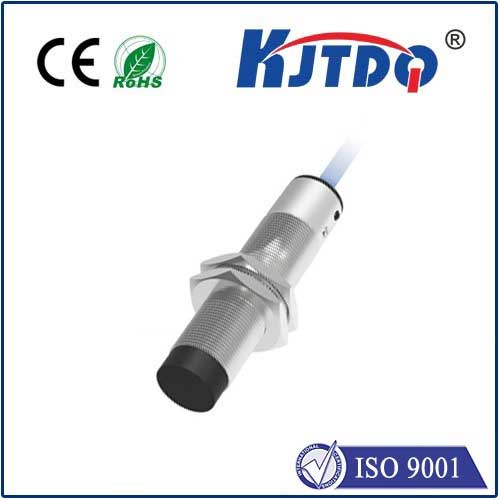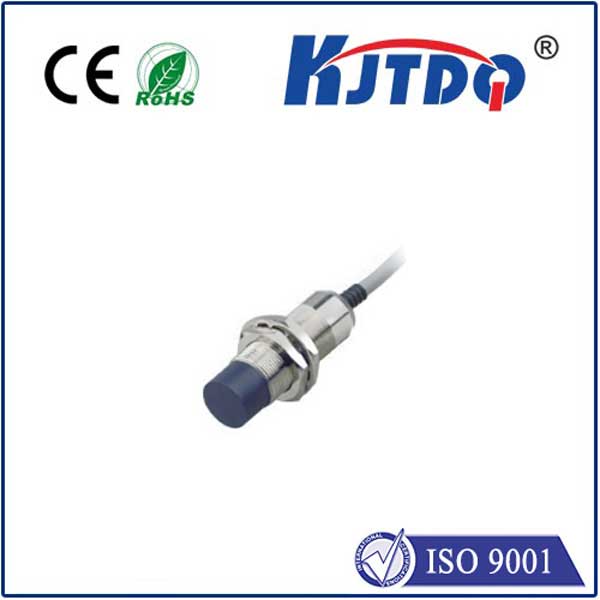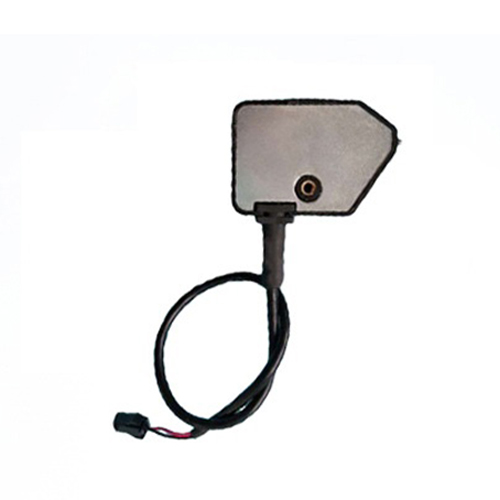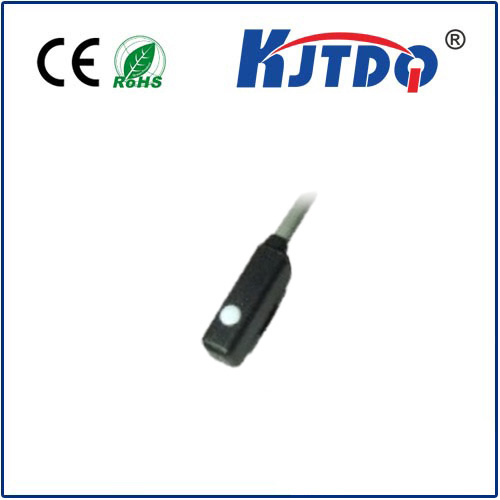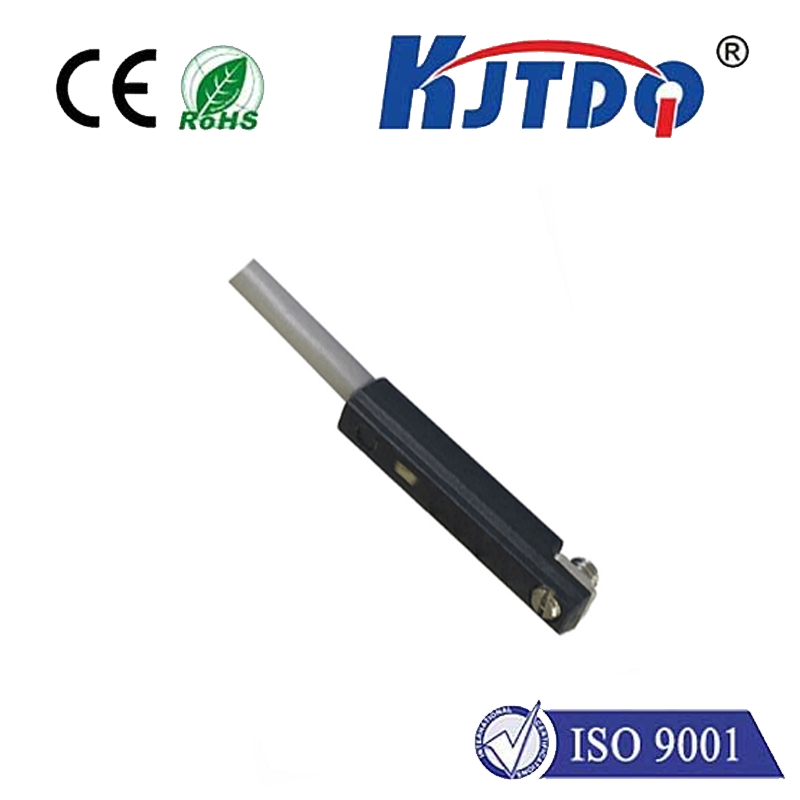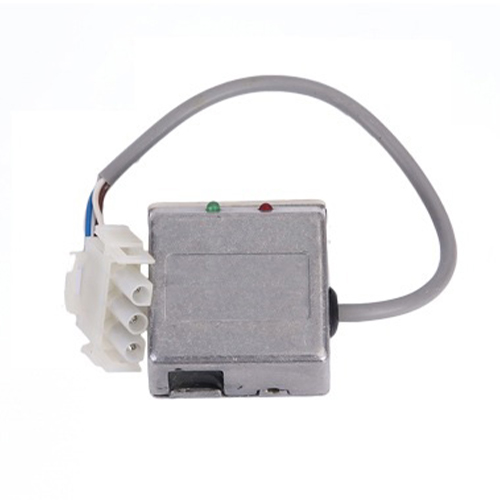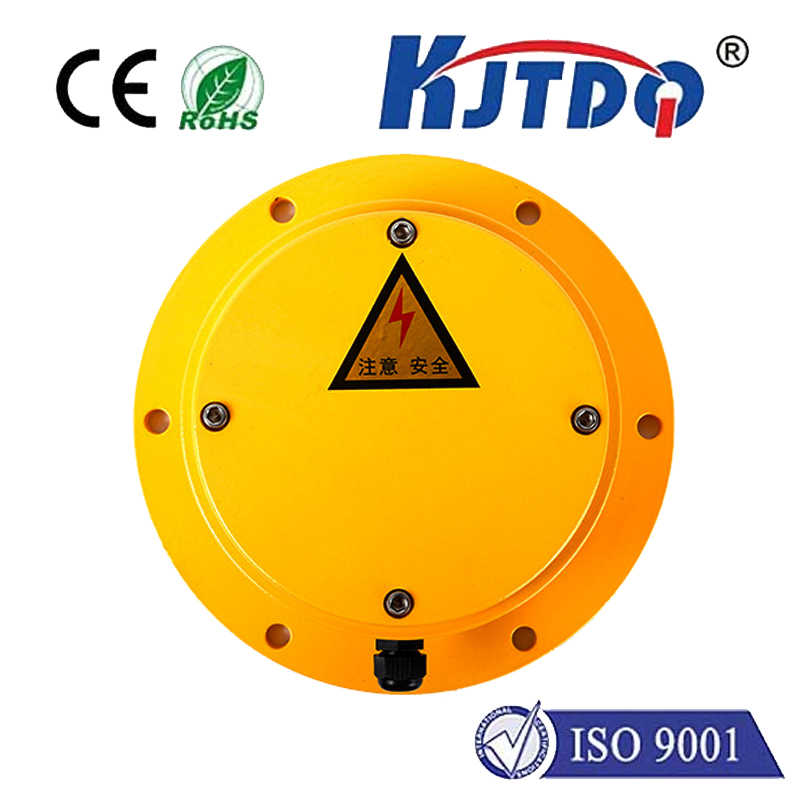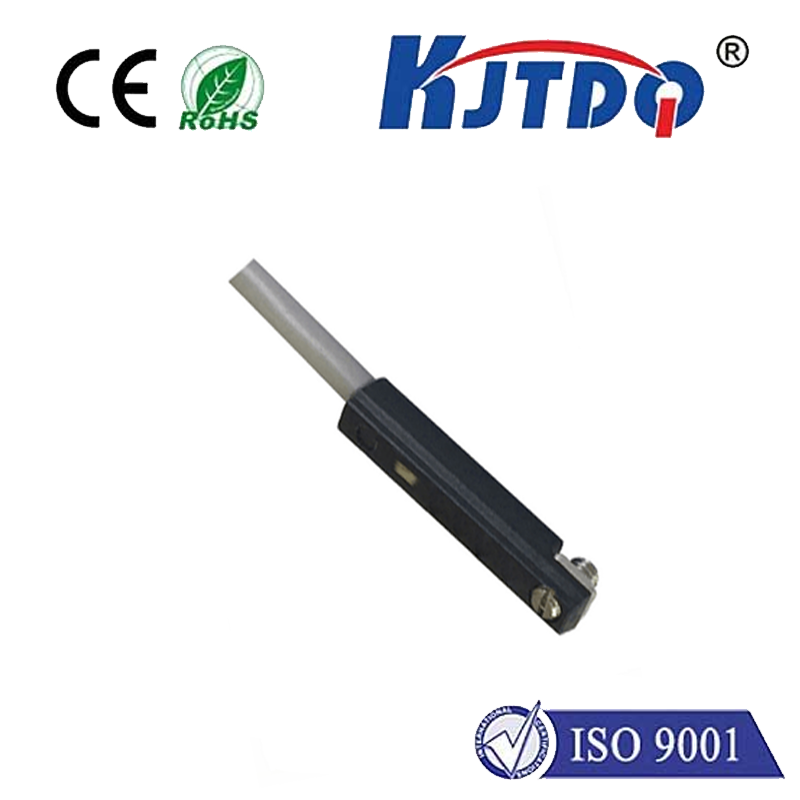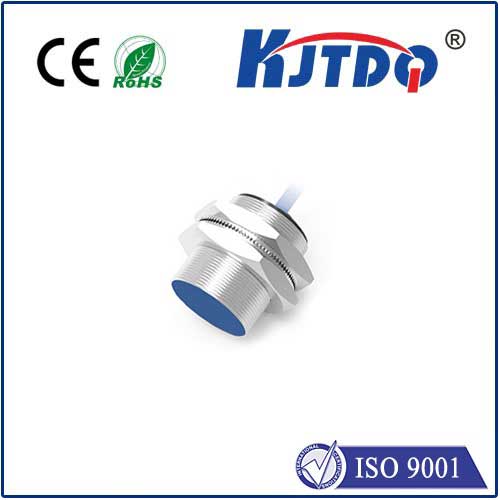unimax limit switch
- time:2025-07-30 12:35:40
- Click:0
Unimax Limit Switches: The Unsung Heroes of Precise Industrial Control
Imagine a robotic arm seamlessly welding a car chassis, a massive conveyor belt halting exactly at the loading station, or an elevator door opening perfectly level with each floor. These seemingly simple actions rely on a critical, often overlooked component: the limit switch. And within this vital category, Unimax limit switches have earned a reputation for robust reliability and precision in demanding industrial environments. This article delves into why these devices are fundamental to safety and efficiency across countless applications.
At its core, a limit switch is a simple electromechanical device designed to detect the presence or absence of an object (its “actuator target”) or to monitor the limits of travel of a machine part. When the target contacts the switch’s actuator arm, roller, plunger, or lever, it triggers an electrical contact change – either opening or closing a circuit. This signal acts as a fundamental input to a control system, telling it “stop moving,” “start a sequence,” “object detected,” or “position reached.”
Why does the Unimax brand stand out? Unimax limit switches are engineered with industrial rigor in mind. They are built to endure the harsh realities of factories, plants, and machinery:

- Rugged Construction: Often featuring robust metal housings (like zinc die-cast or stainless steel) and high-quality internal components, Unimax switches are designed to withstand significant mechanical stress, impact, vibration, and exposure to common industrial contaminants like dust, oil, coolant, and metal shavings. This translates directly to reduced downtime and maintenance costs.
- Repeatable Accuracy: Precise positioning is non-negotiable in automation. Unimax limit switches offer exceptional repeatability, meaning they consistently trigger at the exact same point in the actuator’s travel path, cycle after cycle. This is crucial for ensuring consistent product quality and process control.
- Long Mechanical Life: Engineered for millions of operational cycles, the mechanical design of these switches focuses on minimizing wear. Features like hardened actuator pins, durable rollers, and optimized lever designs contribute to their renowned longevity.
- Versatile Actuation & Configuration: Unimax offers an extensive range of actuators – from standard levers and rollers to plungers, wobble sticks (for omnidirectional sensing), and fork-levers – catering to diverse application needs. They also come in various operational modes (normally open, normally closed, changeover) and mounting options, providing significant design flexibility.
- Sealing & Environmental Protection: Many Unimax models boast impressive IP (Ingress Protection) ratings, such as IP65 or IP67. This sealing protects the sensitive internal contacts from dust and water ingress, making them suitable for washdown environments, outdoor applications, or simply locations prone to airborne particulates.
Where Do Unimax Limit Switches Shine?
Their robustness and reliability make them indispensable in numerous sectors:
- Factory Automation & Machinery: Found on CNC machines, presses, injection molders, packaging lines, and robotic cells for controlling sequences, detecting workpiece presence, defining travel limits, and triggering tool changes. Precise positioning signals are vital for coordinated machine movements.
- Material Handling: Essential for conveyor systems (starting/stopping, diverting packages, detecting jams), palletizers, stacker cranes, and automated guided vehicles (AGVs) for end-of-track detection and object sensing.
- Industrial Doors & Gates: Used as safety interlocks to confirm gates are fully closed before machinery starts, or to trigger opening/closing sequences on large industrial doors and loading bays.
- Hoists, Cranes, and Elevators: Critical for providing upper and lower travel limit control, preventing dangerous over-travel situations that could damage equipment or pose safety hazards.
- Process Control: Employed in valves, dampers, and other actuators to provide positive feedback on their open/closed or intermediate positions.
- Agricultural & Construction Equipment: Used on tractors, harvesters, excavators, and other heavy machinery for implement position sensing and safety interlocks.
The Tangible Benefits of Choosing Unimax:
Integrating Unimax limit switches into an application delivers concrete advantages:
- Enhanced Safety: By reliably defining physical travel limits or confirming guard positions, they are fundamental safety components preventing equipment damage and protecting personnel.
- Improved Process Reliability: Consistent and repeatable actuation ensures processes run as intended, minimizing errors and scrap caused by mispositioning.
- Reduced Maintenance Costs: Their rugged design and long mechanical life mean fewer failures and less frequent replacements, lowering total cost of ownership.
- Operational Efficiency: Accurate positioning signals prevent unnecessary machine cycling or delays, optimizing production flow and throughput.
- Design Simplicity: They offer a relatively simple, cost-effective, and highly reliable solution for position detection compared to more complex sensor types in many scenarios.
Choosing the Right Unimax Limit Switch:
Selecting the optimal model depends on several factors beyond just the brand:
- Actuator Type: Carefully match the actuator (roller lever, plunger, wobble stick, etc.) to the motion and force profile of the target object.
- Electrical Requirements: Ensure the switch’s contact rating (voltage and current - AC or DC) matches the load it needs to control. Consider requirements like slow break contacts for inductive loads.
- Environmental Conditions: Select the appropriate housing material (metal/plastic) and IP rating based on exposure to dust, moisture, chemicals, temperature extremes, and physical impact.
- Mounting Configuration: Consider space constraints and how the switch will be physically attached.
- Operational Mode: Determine if Normally Open (NO), Normally Closed (NC), or Changeover (SPDT) contacts are required for your control circuit logic.
Despite the proliferation of sophisticated proximity sensors and photoelectric eyes, the fundamental mechanical limit switch remains a cornerstone of industrial control. Unimax limit switches exemplify why: their robust construction, exceptional durability, proven reliability, and simple effectiveness in providing unambiguous physical position feedback make them a trusted solution for engineers and maintenance professionals worldwide. They are the silent sentinels ensuring machines operate safely, efficiently, and within their designed parameters, forming an essential link in the chain of industrial automation.












